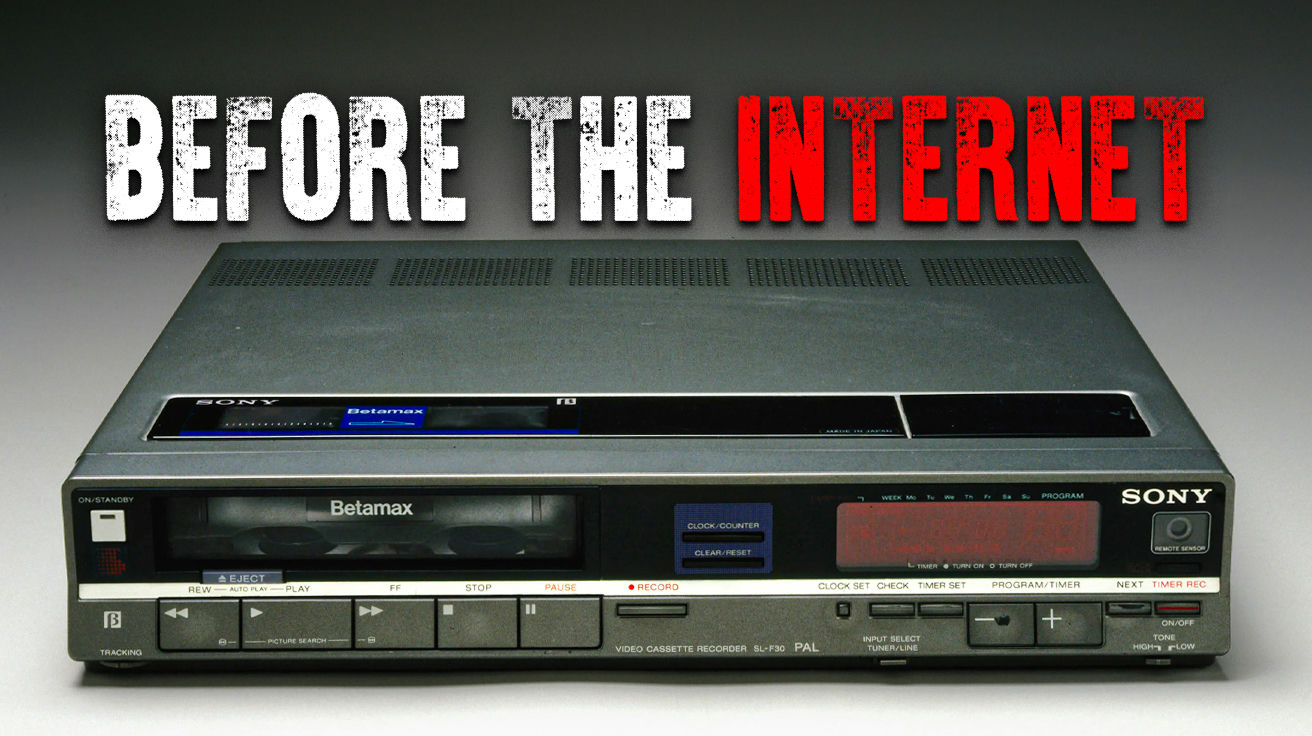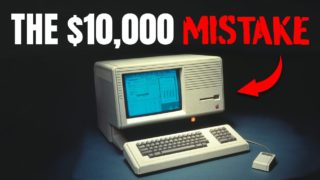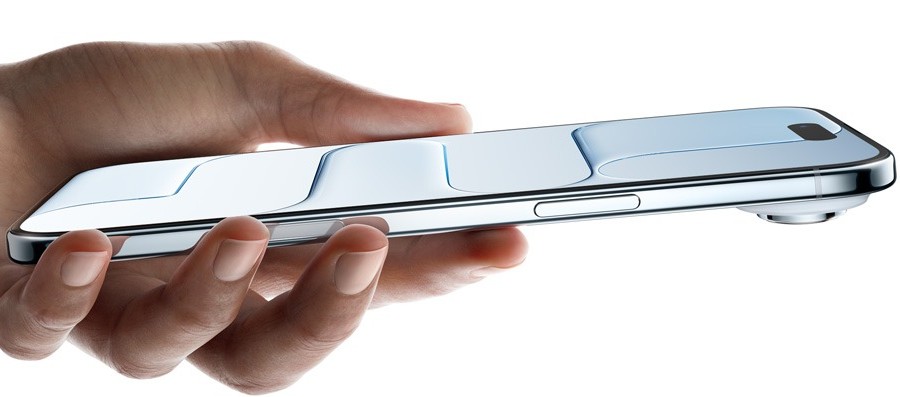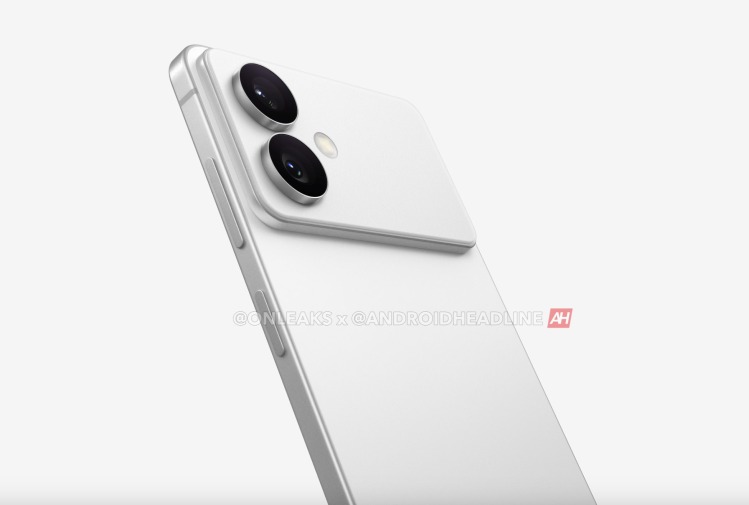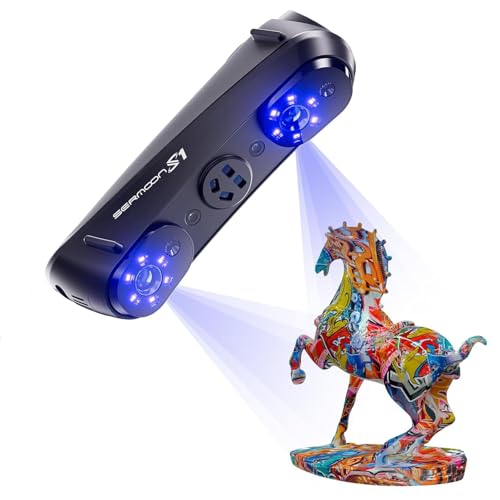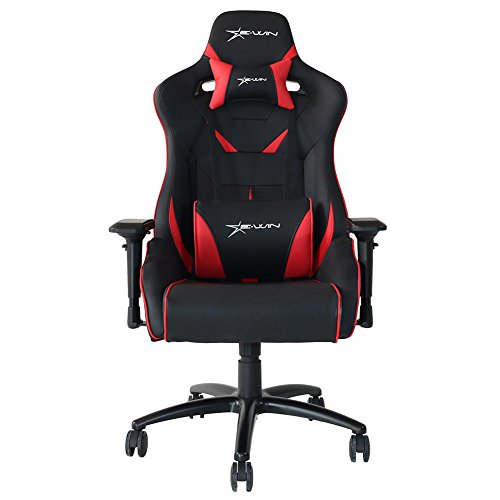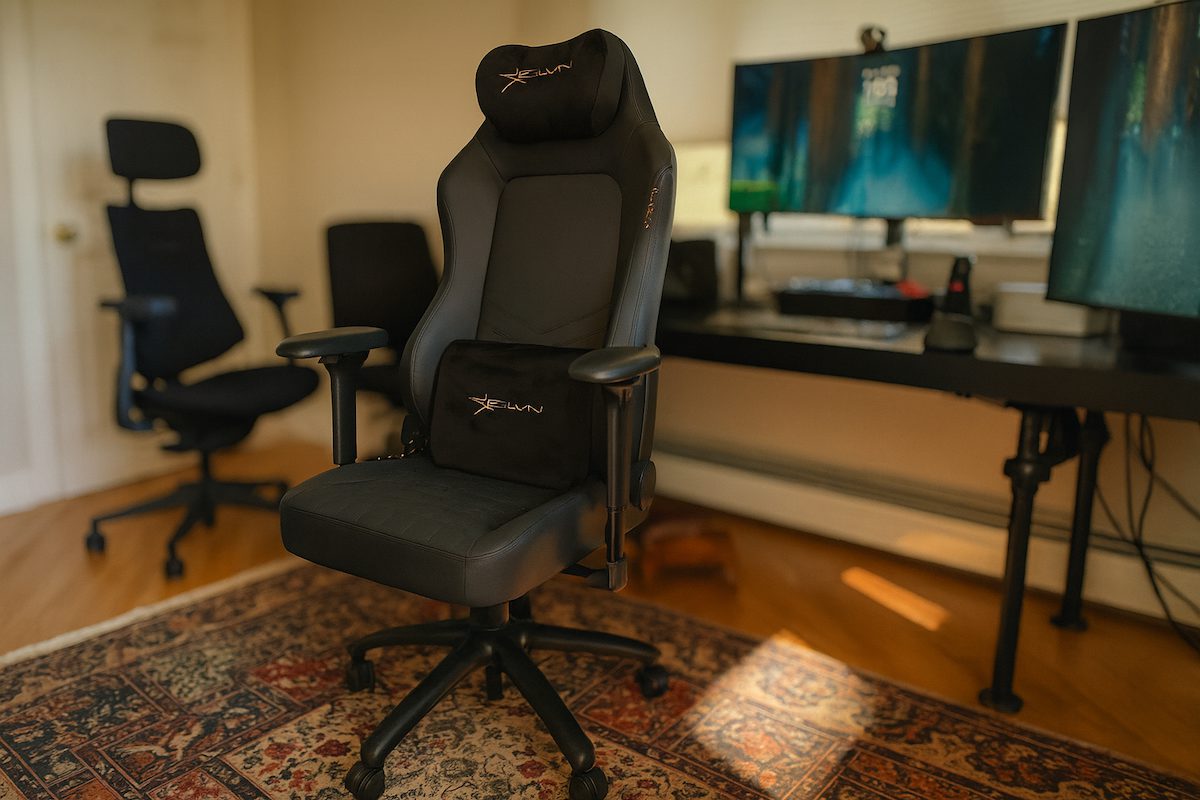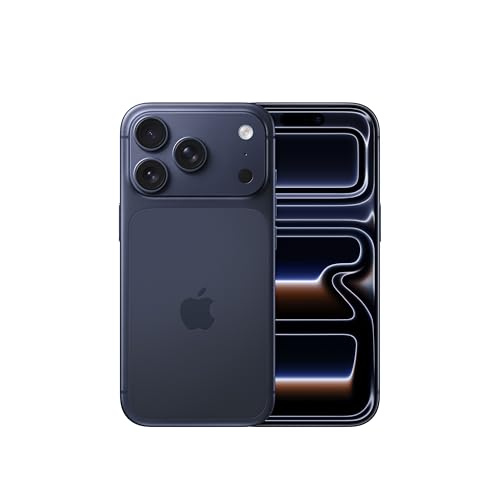Remember when tech meant physical buttons and mechanical satisfaction? Before touchscreens dominated our world, gadgets demanded tactile interaction and occasionally a well-placed thump to cooperate. Technology wasn’t always invisible and cloud-based—it had weight and presence, and sometimes required reading the manual.
Today’s sleek devices have relegated these pioneers to museum displays and nostalgic Instagram posts. The speed of technological evolution makes yesterday’s breakthrough tomorrow’s throwback. This journey through abandoned innovations reveals not just where we’ve been, but how quickly we move forward. Each obsolete device carries lessons about what we value in technology and what we’re willing to leave behind.
11. Casio Calculator Watch

The calculator watch represented the first truly wearable computer, bringing computational power to your wrist decades before anyone dreamed of smartwatches. Launched in 1980, Casio’s C-80 transformed a $50 timepiece (about $170 today) into a status symbol for the mathematically inclined. The interface required fingernail precision—tiny buttons arranged in a grid that punished those who neglected their manicures.
What’s fascinating is how these modest devices foreshadowed today’s wearable ecosystem. The calculator watch solved a genuine problem: making calculations portable before smartphones existed. Modern collectors pay hundreds for pristine examples, appreciating them not just as retro artifacts but as important waypoints on our journey toward miniaturized computing. These forgotten items that Gen Z wouldn’t recognize remind us that truly innovative tech often looks ridiculous at first glance.
10. TV Remote Control Watches

In an era when device consolidation seemed impossible, wearing a television controller on your wrist represented peak convenience engineering. These wearable remotes promised freedom from the eternal couch-cushion hunt, putting channel-flipping power directly on your arm. Most operated via infrared signals within a modest 10-foot range—just far enough to impress visitors without actually disrupting your seated position.
The technology demanded perfect alignment between the watch and the television sensor, creating an impromptu arm-waving ritual when changing channels. These devices embodied the peculiar intersection of genuine innovation and questionable necessity that defines so many technological experiments. Looking back, they represent an evolutionary branch of consumer electronics that withered before reaching maturity, made extinct by the smartphone asteroid that consolidated dozens of separate gadgets into one pocket-sized slab.

Most digital natives have never experienced the mechanical satisfaction of a rotary phone call. Each number required a deliberate action—insert finger, rotate to metal stop, release, and wait for the spring-loaded return before starting the next digit. Placing a call wasn’t just communication; it was a physical commitment requiring patience and proper technique.
These communication workhorses were built with exceptional durability, commonly functioning for decades without service. The deliberate nature of dialing created a natural barrier against impulsive calls. The tactile feedback—that distinctive dial sound combined with the physical resistance—provided a sensory experience entirely absent from today’s glass rectangles. When your great-grandmother describes having “hung up” on someone, she’s referencing the authoritative slam of a physical handset that no screen tap can replicate.
8. Pagers and Beepers

When constant connectivity meant status rather than stress, pagers delivered essential messages with unmatched reliability. These belt-clipped communicators reached peak ubiquity in the 1990s, becoming the lifeline for medical professionals, emergency responders, and business executives. The distinct beep created an instant hierarchy—only important people needed to be reachable at all times.
The pager’s brilliance lay in its focused functionality and exceptional battery life measured in weeks rather than hours. Their signal penetrated concrete hospital basements and remote locations where modern smartphones display “Searching for Service.” Many emergency services still maintain pager networks due to their superior reliability during crises when cellular networks become overwhelmed. Canada’s healthcare system invested millions in pager technology as recently as 2013—proof that sometimes, specialized tools outperform integrated devices.
7. LaserDisc

While VHS dominated the mainstream, LaserDisc introduced optical media to living rooms for the discerning viewer. Launching in 1978, these 12-inch reflective platters delivered video quality that made VHS tapes look like they’d been filmed through a dirty window. Each disc stored analog video with digital audio, providing cinephiles with unprecedented clarity decades before streaming services existed.
Despite superior picture quality, LaserDisc remained largely in enthusiast territory. The format required mid-movie disc flipping and players carried luxury price tags. Film aficionados embraced the format for its director’s cuts and commentary tracks—features that wouldn’t become mainstream until DVD’s arrival. LaserDisc represented classic early-adopter technology: objectively superior but commercially challenged, appealing to those who valued quality over convenience. The format’s legacy lives on in the physical dimensions of today’s optical media.
6. Floppy Disks

These magnetic squares revolutionized information exchange when 8-inch floppies (1971) evolved into the iconic 3.5-inch hard-shell variants (1987). While modern microSD cards measure storage in gigabytes, the humble floppy maxed out at 1.44MB—enough for roughly one smartphone photo today. Their modest capacity meant complex software installation resembled a card dealer’s shuffle as users swapped multiple disks to complete a single installation.
The floppy’s true significance wasn’t its storage capacity but its standardization. For decades, these disks created a universal language for data exchange across platforms. The mechanical drive mechanisms provided audible feedback—clicks, whirs, and occasional grinding noises that telegraphed successful operations or impending failures. Today, they survive as the persistent “Save” icon in software that outlived the physical media that inspired it.
5. Fax Machines

Office communication leaped forward when machines teleported documents through ordinary phone lines, converting physical pages into audio signals that reconstructed themselves at the destination. These document transporters bridged the gap between postal mail and digital communication, creating the first truly practical paperless document transfer system decades before “paperless” became environmental shorthand.
Remarkably, fax technology refuses to die completely. Medical offices, legal firms, and government agencies keep the format alive through a combination of regulatory requirements and institutional momentum. The fax machine’s enduring lesson is that technological replacement isn’t always about superior alternatives but about overcoming entrenched systems and regulatory frameworks. Their persistence demonstrates how technologies with clear successors can linger for decades in specific professional contexts.
4. Compact Cassette Tapes

Plastic rectangles transformed how we experienced music when 1968 brought us the compact cassette. These pocket-sized sound containers democratized music recording, allowing anyone to create personal compilations and capture broadcasts. The medium peaked in the 1980s with hundreds of millions sold annually despite their notorious reliability issues—belt slippage, tape tangling, and the dreaded “tape salad” that emerged from malfunctioning players.
The cassette’s cultural significance extended beyond music. These plastic rectangles stored early computer programs, facilitated language learning, and enabled mobile listening through innovations like the Walkman. The mixtape represented perhaps the most labor-intensive expression of affection possible—hours spent carefully curating and recording songs with personalized track listings and hand-decorated labels. Digital playlists may be more convenient, but they lack the emotional investment of their analog ancestors.
3. VHS Tapes
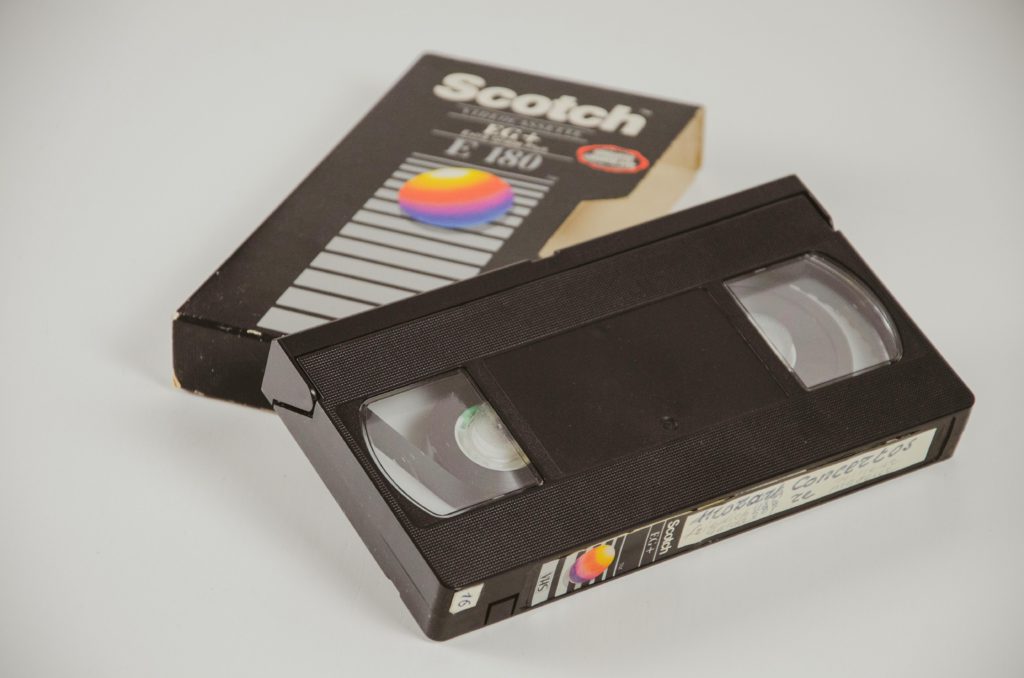
The cornerstone of home entertainment arrived in black plastic bricks and sparked the ritual of video store visits. VHS tapes democratized home viewing, allowing families to watch blockbusters without theater prices. The format’s imperfections—tracking problems, degradation over time, and the semi-fictional “Be Kind, Rewind” etiquette—became part of the viewing experience rather than technical limitations.
Video rental stores functioned as cultural gathering spaces where browsing physical media created serendipitous discoveries impossible in algorithm-driven streaming services. The limited selection meant communities often watched the same movies, creating shared cultural touchpoints. VHS taught us that imperfect technologies succeed when they solve accessibility problems—making content available to mass audiences often matters more than technical superiority. The format’s eventual replacement came not from superior quality but from DVD’s convenience and durability.
2. Overhead Projectors

The original visual presentation technology relied on transparent sheets and light-projecting boxes instead of PowerPoint and LCD displays. These educational workhorses combined simple optics—mirrors, lenses, and bright bulbs—to magnify handwritten or printed content onto screens and walls. Teachers mastered the art of writing backward-forward while maintaining eye contact with students, a multitasking skill set rendered obsolete by digital tools.
Operating these devices required specialized knowledge—focusing knobs, bulb replacement procedures, and the fine art of preventing overheating. Their transparent sheets (transparencies) created a physical presentation archive that could be reused and modified with colored markers. Digital projectors may deliver perfect pixels, but they lack the interactive improvisation that overhead projectors facilitated. Their simplicity meant fewer technical failures and more reliable operation in environments where technical support was nonexistent.
1. Betamax

The greatest video format most people never experienced, Betamax stands as the canonical example of superior technology losing to inferior competitors. Introduced by Sony in 1975, these cassettes delivered noticeably better image quality, more stable pictures, and superior sound compared to VHS. Professional videographers recognized Betamax’s technical advantages immediately. However, consumers ultimately chose differently because VHS offered longer recording times and lower costs—attributes that proved more important to average users.
The Betamax story reminds us that technical excellence alone rarely determines market success. Consumer technology thrives based on accessibility, convenience, and ecosystem support rather than objective performance metrics. It’s a lesson repeatedly demonstrated from Blu-ray vs. streaming to audiophile equipment vs. convenient wireless options.


